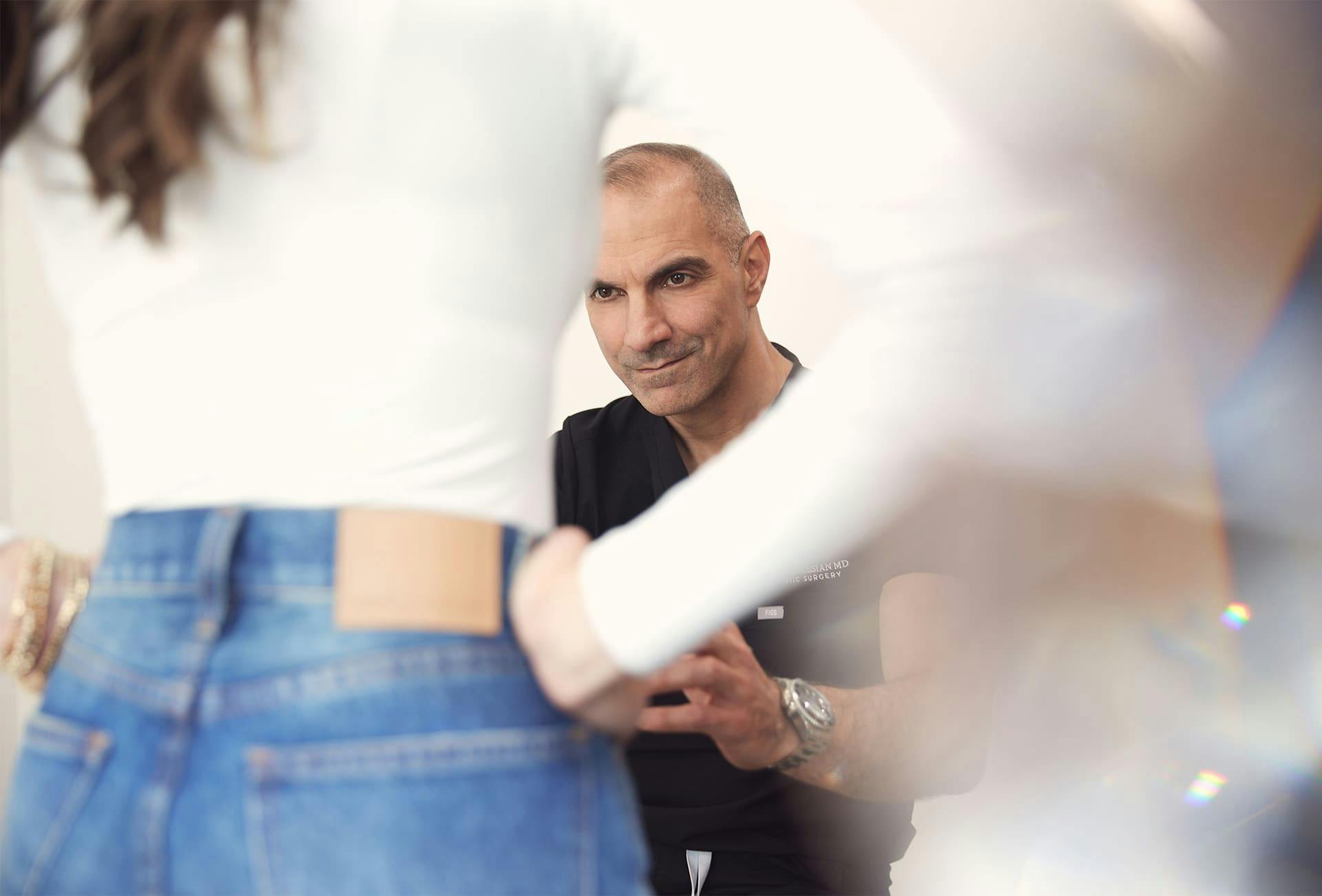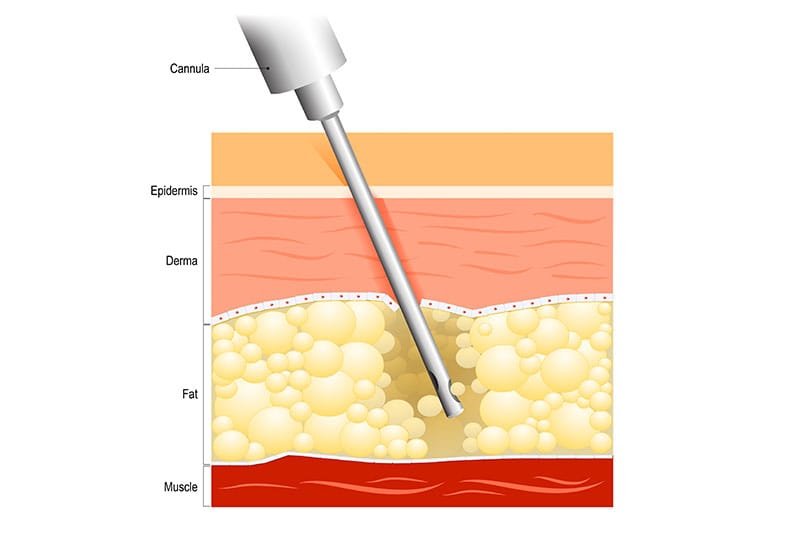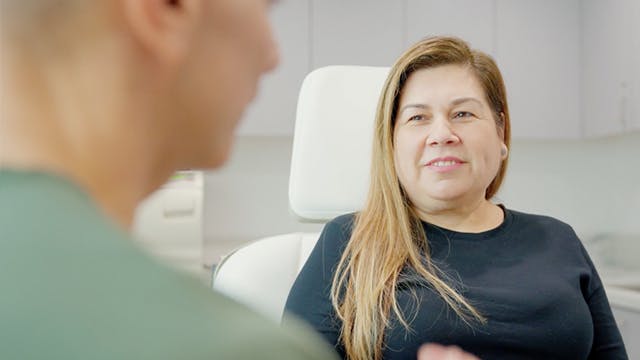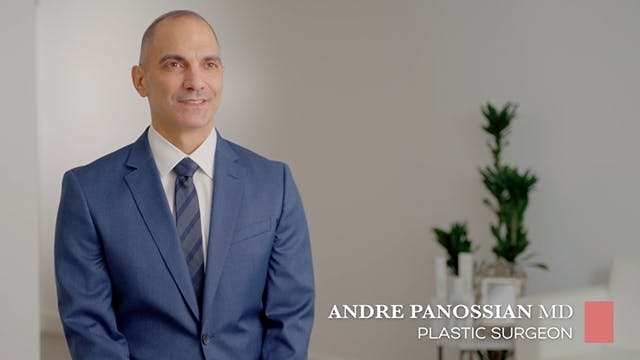Achieve the silhouette you've always desired with our transformative body contouring procedures, meticulously crafted to effortlessly sculpt and redefine your body's natural contours.


Sculpt Your Ideal Silhouette with Dr. Panossian in Pasadena
Are you frustrated by persistent pockets of fat that are resistant to exercise and dieting efforts? Have you successfully lost weight only to be left with excess, sagging skin? Dr. Panossian empathizes with feeling unhappy about your body shape, especially when tireless efforts feel fruitless. As a board-certified plastic surgeon with a reputation for excellence, he specializes in body contouring procedures that can help you achieve your ideal silhouette. With his expertise and personalized approach, Dr. Panossian proudly serves patients in Glendale, Pasadena, and beyond, tailoring each treatment plan to address specific concerns. Sculpt a body you'll feel proud of and say goodbye to insecurities with body contouring by Dr. Panossian.
What Is Body Contouring?
Body contouring refers to a range of surgical and non-surgical procedures designed to reshape and sculpt the body by removing excess fat and skin and toning underlying tissues. This comprehensive approach aims to enhance the body's natural contours, addressing areas of concern such as stubborn fat deposits, loose skin, and poor muscle definition. Body contouring procedures can target various body areas, including the abdomen, thighs, arms, buttocks, and more, helping individuals achieve a more proportionate, toned, and aesthetically pleasing silhouette.
Liposuction is a cornerstone in body contouring, effectively removing stubborn fat deposits to reveal smoother contours and improved body proportions. This minimally invasive procedure targets areas of excess fat, such as the abdomen, thighs, hips, or arms, using a thin tube (cannula) to suction out unwanted fat cells, resulting in a more defined and contoured physique. Through liposuction, tummy tucks, body lifts, or other techniques, body contouring can effectively address common aesthetic concerns and improve overall body confidence.


Body Contouring Procedures
While liposuction is the primary component of body contouring, other treatments are also commonly involved. These procedures are tailored to each patient's unique needs and aesthetic goals, providing comprehensive solutions to achieve your desired body shape. Explore the various body contouring options below:
- High-definition liposuction takes traditional liposuction further, enhancing muscle definition and sculpting for a more toned appearance.
- A thigh lift targets excess skin and tissue in the thigh area, tightening and reshaping the thighs for a smoother, more youthful contour.
- Similarly, an arm lift addresses sagging skin and fat deposits in the upper arms, restoring a firmer, more toned arm appearance.
- For individuals seeking to address excess fat and skin laxity in the abdominal area, a tummy tuck or abdominoplasty offers a comprehensive solution by removing excess skin and fat while tightening the underlying muscles, resulting in a flatter, more sculpted abdomen.
The Benefits of Body Contouring
You might feel discouraged if you're struggling with pockets of fat that won't budge despite diet and exercise. Empathizing with this emotional journey, Dr. Panossian in Pasadena, CA, offers a solution to alleviate your insecurities. Body contouring procedures present transformative solutions to sculpt and refine your silhouette, providing a renewed figure and vitality. The benefits of body contouring include the following:
- Enhanced Body Proportions: Body contouring procedures can effectively target stubborn fat deposits and sagging skin, resulting in a more balanced and proportionate physique.
- Clothing Fit: Body contouring can lead to better-fitting clothes, as excess skin and fat are removed, allowing individuals to enjoy a wider range of clothing options and styles.
- Improved Self-Esteem: By achieving their desired body shape, individuals often experience a significant boost in self-confidence and body image, allowing them to feel more comfortable and confident in various social and professional settings.
- Health Benefits: In addition to aesthetic improvements, body contouring can also have positive effects on overall health and well-being, such as increased mobility, reduced risk of obesity-related health issues, and improved physical fitness levels.
Is Body Contouring Right for Me?
Body contouring may be ideal for individuals who struggle with stubborn fat deposits, loose or sagging skin, or asymmetrical body proportions despite maintaining a healthy lifestyle. If you feel self-conscious about certain areas of your body or cannot achieve your desired physique through diet and exercise alone, body contouring could provide the transformative results you seek. Whether you want to sculpt a more defined abdomen, contour your thighs and buttocks, or tighten loose skin after weight loss, Dr. Panossian can help customize a treatment plan tailored to your unique needs and goals. If you're contemplating body contouring in the Pasadena & Glendale area, a consultation with Dr. Panossian is step one. During your consultation, Dr. Panossian will assess your anatomy and medical history, discuss your aesthetic concerns and goals, and explain the various body contouring options, empowering you to make an informed decision about your cosmetic journey. Through this consultation, we can tailor a customized plan based on your unique needs.

What to Expect: The Body Contouring Procedure
On the day of your body contouring procedure, you will receive anesthesia to ensure your comfort throughout the process. Dr. Panossian will then make small, strategically placed incisions to access the targeted areas. Depending on the technique employed, such as a tummy tuck or thigh lift, excess fat may be removed, loose skin tightened, and underlying muscles sculpted to create a more contoured appearance. Advanced technologies like power-assisted liposuction (PAL) can selectively break up fat cells while preserving surrounding tissues, promoting smoother and more precise results. The duration of the procedure varies depending on the extent of treatment and the number of areas addressed but can range from a few hours to a full day. Throughout the procedure, Dr. Panossian's expertise ensures that each step is performed meticulously, ensuring optimal outcomes tailored to your aesthetic goals.

Body Contouring Recovery
Following body contouring procedures, you can expect a period of recovery tailored to the specific techniques used and the extent of treatment. During this time, it's normal to experience swelling, bruising, and discomfort, which can be managed with prescribed medication and wearing compression garments as directed by Dr. Panossian. Depending on the complexity of the procedure, downtime may vary, with most patients able to return to light activities within a few days and resume more strenuous activities gradually over the following weeks.
Carefully following Dr. Panossian's postoperative instructions is essential to support healing and optimize results, especially considering that the recovery protocol for body contouring depends entirely on the treatment(s) you received. Dr. Panossian will schedule follow-up appointments to monitor your progress, address any concerns, and ensure your recovery is progressing as expected. Over time, as swelling subsides and tissues settle, you'll begin to see the full results of your body contouring procedure, enjoying a more sculpted and toned silhouette that reflects your aesthetic goals.
Why Choose Dr. Panossian?
With years of experience and a reputation as a top plastic surgeon, Dr. Panossian offers more than technical expertise; he understands the heavy emotions accompanying body insecurities, handling your case compassionately. Whether you're struggling with stubborn fat deposits, loose skin, or other body concerns, Dr. Panossian provides compassionate care and personalized treatment plans to help you achieve your aesthetic goals. His dedication to excellence is underscored by his prestigious credentials, including being labeled a "Top Doctor" by US News and World Report, Pasadena Magazine, and Los Angeles Magazine. By choosing Dr. Panossian in Pasadena, CA, you're not just investing in a procedure but investing in your confidence and well-being. Take the first step towards a more confident you by scheduling a consultation today.




